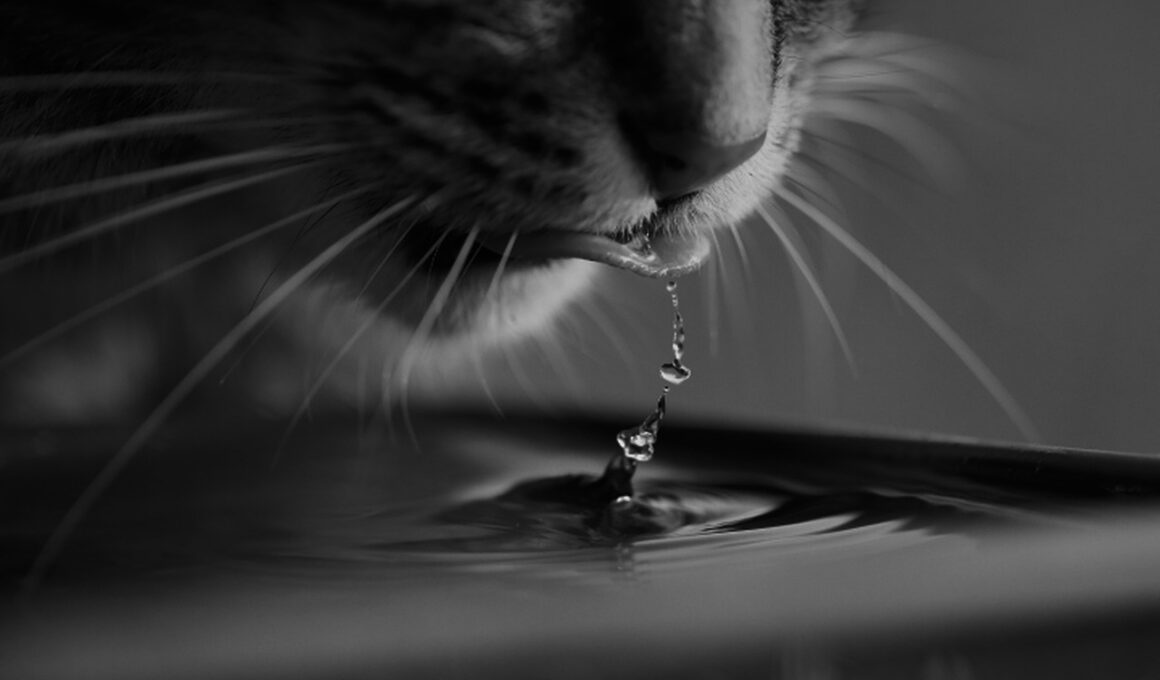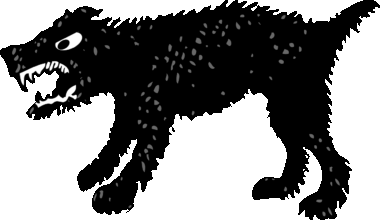The Importance of Hydration in Cat Nutrition
Hydration is crucial for maintaining healthy cats, just as it is for humans. Cats have specific water needs due to their unique physiology. The typical rule of thumb is that cats require approximately 60 milliliters of water per kilogram of body weight. However, this number can vary based on factors such as age, activity level, and overall health. Cats often have lower thirst drives compared to dogs, and their natural instinct leads them to consume less water. This can pose challenges for hydration, especially if they are fed dry kibble rather than wet food, which contains more moisture. It is essential for cat owners to monitor water intake and encourage drinking. Providing fresh, clean water daily is vital to promote hydration. Additionally, there are various methods to increase water consumption among cats. These may include using cat water fountains, offering ice cubes, and incorporating wet food into their diet. These strategies can help ensure that your feline friend is well-hydrated and healthy. Remember, adequate hydration supports kidney health, urinary function, and overall well-being in cats.
Dehydration can lead to severe health issues if not managed appropriately. Recognizing the signs of dehydration early is essential. Common symptoms include excessive lethargy, dry gums, and loss of skin elasticity, which can indicate a serious condition. If you notice any of these signs in your cat, consult your veterinarian immediately for further evaluation and treatment. An important aspect of hydration is the quality of water offered. Cats can be quite picky about water sources, often preferring fresh, running water to stagnant bowls. This preference for flowing water may stem from their instincts to avoid contaminants in their drinking sources. Many cat owners have found success in providing water fountains to entice their pets, as the sound and movement of water can stimulate a cat’s natural drinking instincts. It’s important to clean bowls and fountains regularly to prevent bacteria buildup, which can deter cats from drinking. In addition, exploring various water containers can help you determine your cat’s preference. Try different materials such as glass, stainless steel, or ceramic to see which your cat prefers.
Benefits of Wet Food in Cat Nutrition
Another way to improve hydration is by incorporating more wet food into your cat’s diet. Canned food typically contains around 70-80% moisture, which significantly contributes to their daily water intake. This is especially beneficial for cats that may not drink enough water on their own. In addition to moisture content, wet food is often more palatable, making it easier for your cat to consume. The flavors and textures found in canned food can entice even the pickiest eaters. Wet food also tends to provide a better overall balance of nutrients since it’s often more protein-rich compared to dry kibble. When selecting wet food, look for products with high-quality ingredients and a good moisture percentage. It’s important to transition your cat gradually if you are changing their diet to prevent gastrointestinal upset. Monitoring your cat’s health during this transition is crucial. This update in their diet should also be discussed with your veterinarian to make sure it aligns well with their individual health needs and dietary restrictions.
Hydration also plays a significant role in preventing urinary tract issues, a common concern in cats. When cats are dehydrated, their urine can become concentrated, increasing the risk for the formation of crystals or stones. These conditions can result in painful urinary blockages or even lead to more severe health issues that require immediate intervention. Providing adequate hydration can be a simple but effective method to prevent these issues. In particular, male cats, who have longer and narrower urethras, are especially susceptible to urinary blockages, making hydration vital for their health. Proper hydration supports healthy urine production, helping to dilute urine and reduce the risk of crystal formation. Encouraging your cat to drink more water can lead to long-term health benefits. Incorporating both wet food and fresh water into your cat’s daily routine may be the best strategy to accomplish this. Monitoring their urinary habits and overall health can assist you in assessing their hydration levels and overall well-being. Regular veterinary checkups will also play a vital role in ensuring that urinary health remains optimal.
Tips to Encourage Cats to Drink More Water
There are several practical ways to encourage cats to increase their water intake. One effective method is to provide multiple water bowls in different locations throughout the home. This can reduce the effort needed for your cat to access fresh water, making it more convenient. Additionally, the use of cat water fountains can stimulate curiosity and increase their natural instinct to drink more. These fountains circulate the water and keep it fresh, appealing to a cat’s preferences. Another suggestion is to mix some water into their wet food to soften it further. This additional moisture not only boosts hydration levels but can also enhance the flavor, making meals more enjoyable. Additionally, you can try providing flavored water by adding a bit of low sodium broth or bioavailable fish oils. Cats are more likely to drink if the water smells appealing. Experimenting with different strategies can help you find the right combination that works for your cat, leading to improved hydration and overall well-being.
Another reason to monitor your cat’s hydration closely is the importance it plays in their metabolism. Cats have a unique metabolic system that benefits from adequate hydration to function optimally. Water is necessary for various metabolic processes, including digestion, nutrient absorption, and waste elimination. When a cat is dehydrated, these processes can become impaired, leading to potential health risks. This is particularly vital for older cats or those suffering from chronic conditions, who may already have compromised systems. Be vigilant about their drinking habits, and consider keeping a weekly log of their water intake for better tracking. If you observe a significant change in their drinking behavior, report it to your veterinarian promptly. Regular checkups can provide an opportunity to discuss any concerns you may have about your cat’s hydration and overall health. Moreover, promoting hydration can enhance your cat’s quality of life. The small changes you make in their diet and routine can have lasting effects on their long-term welfare. By prioritizing hydration, you’re investing in their optimal health.
Conclusion: Maintaining Proper Hydration in Cats
In conclusion, ensuring your cat stays well-hydrated is a vital component of holistic cat nutrition. Adequate water intake aids in proper kidney function, digestion, and nutrition absorption. It reduces the risk of urinary issues and supports their overall health, helping them live a longer, happier life. By attentively monitoring your cat’s hydration needs and actively encouraging them to drink more water, you can make a significant impact on their health and happiness. Implementing simple strategies like providing wet food, using water fountains, and frequently changing their water can improve their hydration status. Additionally, regular veterinary checkups can address any underlying issues and help maintain optimal hydration. Optimal hydration is not merely a matter of preference for cats; it is essential for their overall well-being. Therefore, cat owners must prioritize this aspect of cat care. Assessing your feline friend’s hydration needs and taking proactive measures will go a long way in ensuring they lead a fulfilling, healthy life. Ultimately, a well-hydrated cat is a happy cat.


